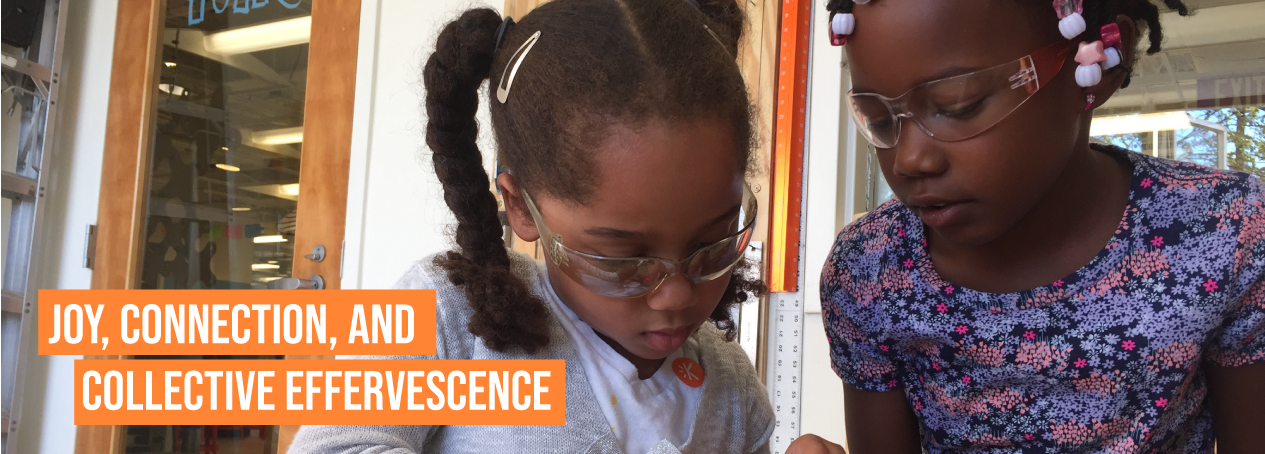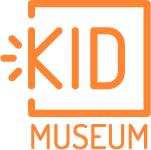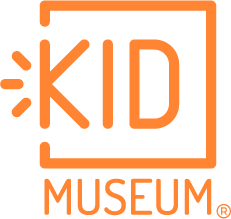
Collective effervescence, as explained by Adam Grant in his recent opinion piece, is the joy people feel when coming together in a shared experience, like singing in a chorus or playing a game of soccer. But it’s also the exhilaration that a group experiences when working together to solve a problem. When kids collaborate to build a model electric-powered car, or design and prototype a new way to filter polluted water, they are experiencing collective effervescence — a particular joy in learning and a sense of connection.
Bringing joy into learning and reconnecting with one another will be especially important this fall. Teachers are gearing up for a complex school year with students who have been derailed academically, socially and emotionally. Social and emotional skill-building will be essential: in fact, without this foundation, nothing else can be built. Teacher Hannah Cline, who took part in KID Museum’s maker learning professional development pilot program this spring, says that maker learning will play a big role in addressing social emotional concerns and getting students back on track this fall: “Maker learning and hands-on projects allow room for socialization, for empathy, for problem solving as a group, which is going to be something new for many students. Those skills are going to be our focus this fall.”
Jaime Gillmann, another teacher from the professional development program, explained that even during the pandemic, kids engaged with maker learning in a way that once seemed impossible over a screen. “In a year of low energy and low interaction, maker learning invigorated these kids,” she explained. “They were having so much fun that they didn’t even realize they were learning.”
And when kids are having fun — when kids feel joy and connection — they are open to making greater leaps in learning. An Edutopia article that links happiness with learning cites Dr. David Rock, co-founder of the NeuroLeadership Institute, who points to growing research that “people experiencing positive emotions perceive more options when trying to solve problems, solve more nonlinear problems that require insight, collaborate better and generally perform better overall.”
Combine this with what we know about the impact of social and emotional learning — higher grades and attendance, lower anxiety, higher engagement in school, and stronger relationships — and the case for maker learning (which organically incorporates SEL) grows even stronger.
This fall, let’s give kids the opportunity to come together; to collaborate, explore, and create solutions — let’s make room for them to experience collective effervescence every day. As teacher Hannah Cline says, allowing kids to work together and have fun “drives home the purpose of teaching, which is to help the students grow however they grow best.”

